Starting a business of growing Red Shaver chickens is just like growing other chicken breeds. Red Shaver chickens are tough and resilient creatures. They are easy to care for and not sickly so if you are interested in the chicken farming business, Red Shaver chickens are highly recommended for you.
Even if you do not have any experience, you can start growing the breed. To begin raising Red Shaver chicken and making it a business, you must first make sure to get the best quality chickens that are strong and healthy.

The quality of the chicks is one of the main factors for the success of your business venture. You have the option to buy mature chicks or newly-hatched eggs, depending on what is available in your area and the capital you are willing to invest. Mature chicks are more expensive than the new ones.
The chicks can buy chicks from local poultry in your area, breeding centers near you, or existing Red Shaver poultry farms. Just make sure the chicks are not ill and have no health issues.
This article will cover
- The Origin of Red Shaver Chickens
- Red Shaver Chickens Physical Attributes And Characteristics
- Personality And Temperament of Red Shaver Chickens
- Number of Eggs Red Shaver Produces
- Health Problems And Care
- 3 Tips in Raising Red Shaver Chickens
The Origin of Red Shaver Chickens

Red shaver chickens are a hybrid breed. It’s not a distinct breed. A Red Shaver chicken is a combination of a Rhode Island Red rooster and a Rhode Island White hen. If you don’t have a Rhode Island White female, White Plymouth Rock, Delaware, and Silver Laced Wyandotte are all available options. The Red Shavers of Canada is a well-known subcategory of the Red Star Chickens, which originated in the United States.
The Red Shaver often known as the Red Sex-Link, is a Sex-Linkable Chicken hybrid breed. The growth of the Red Shaver chicken crossbreed began in the mid-1900s in the United States, when attitudes on crossbreeding began to shift.
Traditional small farms and backyards have provided eggs and meat for themselves and their neighbors for many years. However, by the mid-twentieth century, this had declined, and in its place arose the first large-scale poultry industry behemoths. As a result, high egg production and rapid meat bird development became the ultimate goal.
As a result, the Red Shaver, a hen that lays massive amounts of eggs in its first years of life before being culled, was developed.
This was one of the turning points in transforming chicken from a premium item to a commonplace item.
The origins of the Red Shaver chickens can be traced back to Canada. And the goal of its production was to promote it based on its features, which included being a laying breed that also produced delicious meat.
The breed was created primarily for use in the household or on small farms rather than for commercial purposes. Red Shaver chickens are sex-related, which means they may be visually distinguished after hatching or very young. This chicken breed does not come in bantam size.
Red Shaver Chickens Physical Attributes And Characteristics
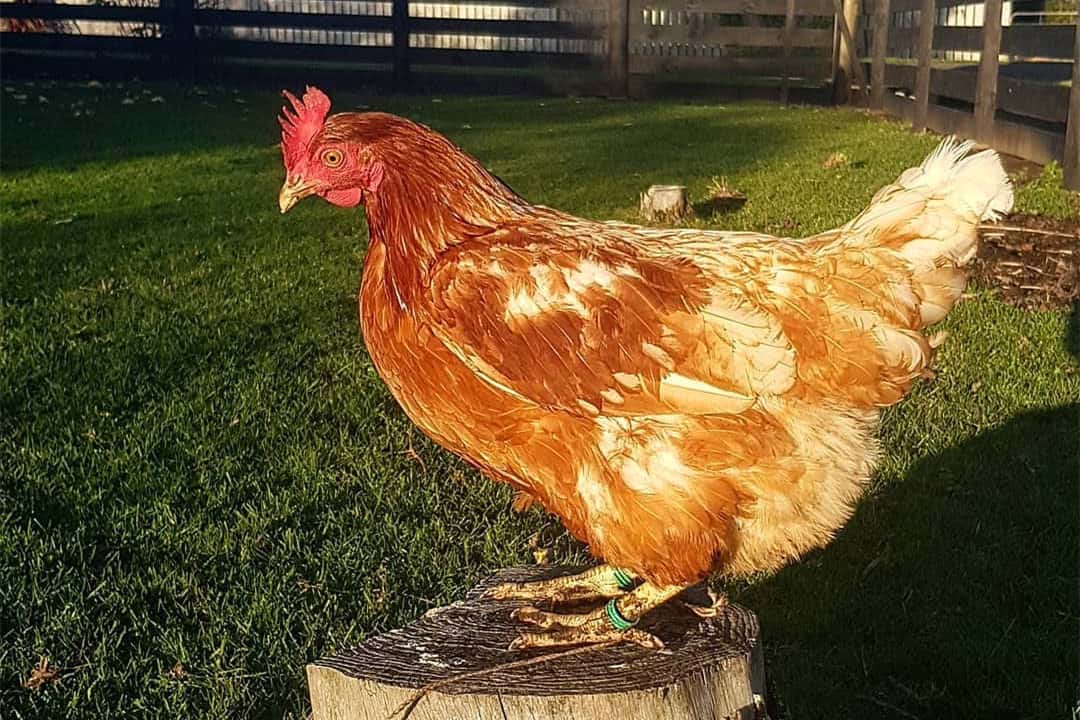
Male and female Red Shaver chicks hatch in different colors. The gender can be already be identified as early as one day old. Male chicks are born white and, depending on the cross, feather out to pure white, red, or black. Females will also hatch out buff or red depending on the cross of the parents’ breeds. A single comb, medium-sized wattles, red earlobes, and bright-yellow legs distinguish the Red Shaver chicken.
Red Shaver chicks are stunning creatures. Hens and roosters can be identified through their colors. The roosters are white with some red flecking, and the aged hens are red-brown with white down.
In general, roosters have a larger comb than hens. Additionally, roosters move quicker and much faster than hens. Their wattles and earlobes are reddish. Their legs are yellowish and have no feathers.
Standard Red Shaver roosters weigh about 6 lbs., while hens weigh about 5.5 lbs. Since Red Shaver chickens are hybrids rather than pure breeds, their physical traits are more likely to vary from one to the next.
This crossbreed is considered a medium-sized big fowl weighing between 6 and 7 pounds (or 2.72 and 3.18 kg) and has no bantam equivalents. Single combs are one of the most prevalent types of combs in chickens, and they require extra attention in extremely cold areas since they are more prone to frostbite.
Personality And Temperament of Red Shaver Chickens
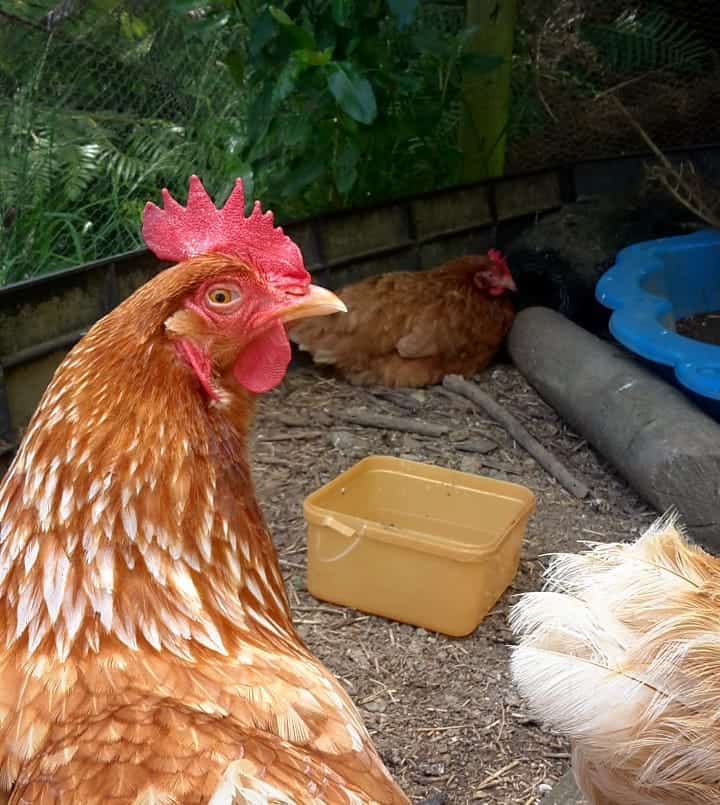
Red Shaver, who lays eggs, is the kind that survives in harsh weather conditions such as colds, snow, and frost. Because it is a larger hen, it should consume more to be able to withstand such conditions.
These chickens are frequently described as peaceful and quiet. They are a pleasant breed that is also quite tough. This chicken breed is dual-purpose that it can produce a lot of eggs as well as meat.
Instead of generalizing, it’s probably safer to state that there are as many different personalities as there are hens with Red Shaver. That’s why some Red Shaver owners describe their Red Shaver as pleasant, calm, or tender, while others describe them as flighty, dominating, or rough. The red shaver’s disposition must be because they come from two separate breeds mingled together.
Of course, careful handling from a young age increases the likelihood of producing a calm adult chicken. On the other hand, Red Shavers has been known to reject the introduction of new chickens into the flock. As a result, proper management is necessary for this area.
They are known as hungry foragers. They thrive when raised in a confined-range or part-time ranging environment. Despite their explorer-like character, they can typically adapt well to confinement. Because Red Shavers like spreading their wings and flying, they will attempt to scale even the highest barriers.
Number of Eggs Red Shaver Produces
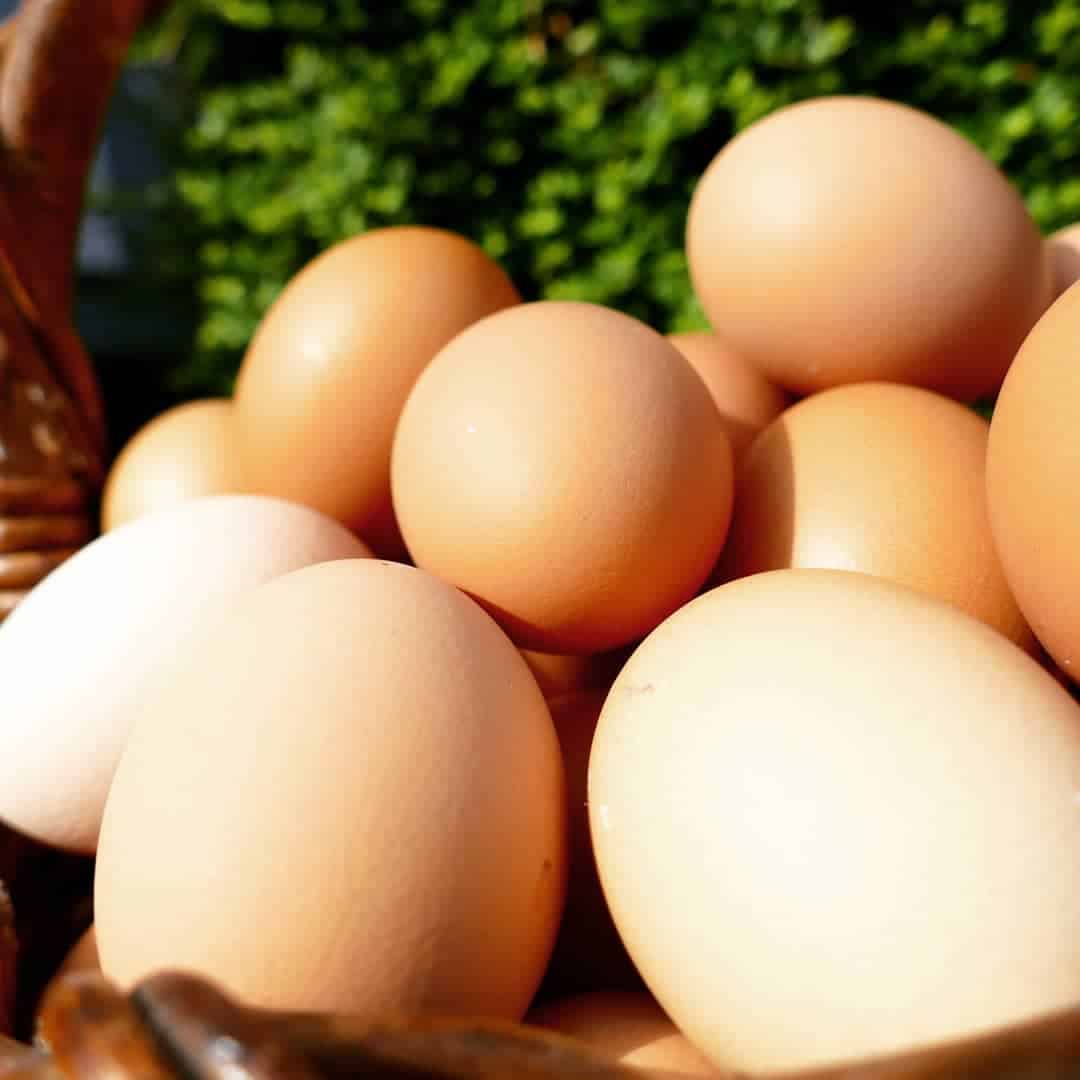
The eggs laid by Red Shaver Hens are huge and brown. This chicken breed could be a fantastic choice for your little farm if you’re seeking a good breed.
Red Shaver chickens have been specifically bred to lay commercial eggs. As a result, the Red Shaver hen is known superb layer, laying between 280 and 300 big brown-shelled eggs per year — and occasionally even more. Red Shavers are noted for being durable in both cold and hot climes. They lay all year, even in the winter. Unlike other breeds, which begin producing their first eggs at 22 weeks of age, Red Shaver hens start laying around 18 or 20 weeks of age.
Health Problems And Care
The Red Shaver chickens are easy to grow and do not pose a significant health risk. Health issues they might encounter are similar to those of other chicken breeds.
One most important factor rok consider is to ensure that they have plenty of food to eat. They have larger food consumption than the other breeds because of their ability to produce so many eggs. Feed them chicken and mealworm treats, as well as fresh and raw fruits and vegetables on occasion.
Another issue with the Red Shavers is that they easily get bored so you have to keep them occupied and distracted all the time. Bored chickens can affect their health like malnutrition or become violent. Make sure they have plenty of room to move around. It’s ideal to have a large chicken coop or cage with access to the outside so they can run and play space.
It’s even better if you let your Red Shavers run free. This allows them to obtain additional food that they can found outside.
The Red Shaver makes an excellent free-range chicken. As a result, the breed is well-suited to backyards and small farms. Allowing your Red Shaver chickens to get food from scraps is also an easy method to guarantee they get the extra protein and calcium needed to produce many eggs.
3 Tips in Raising Red Shaver Chickens
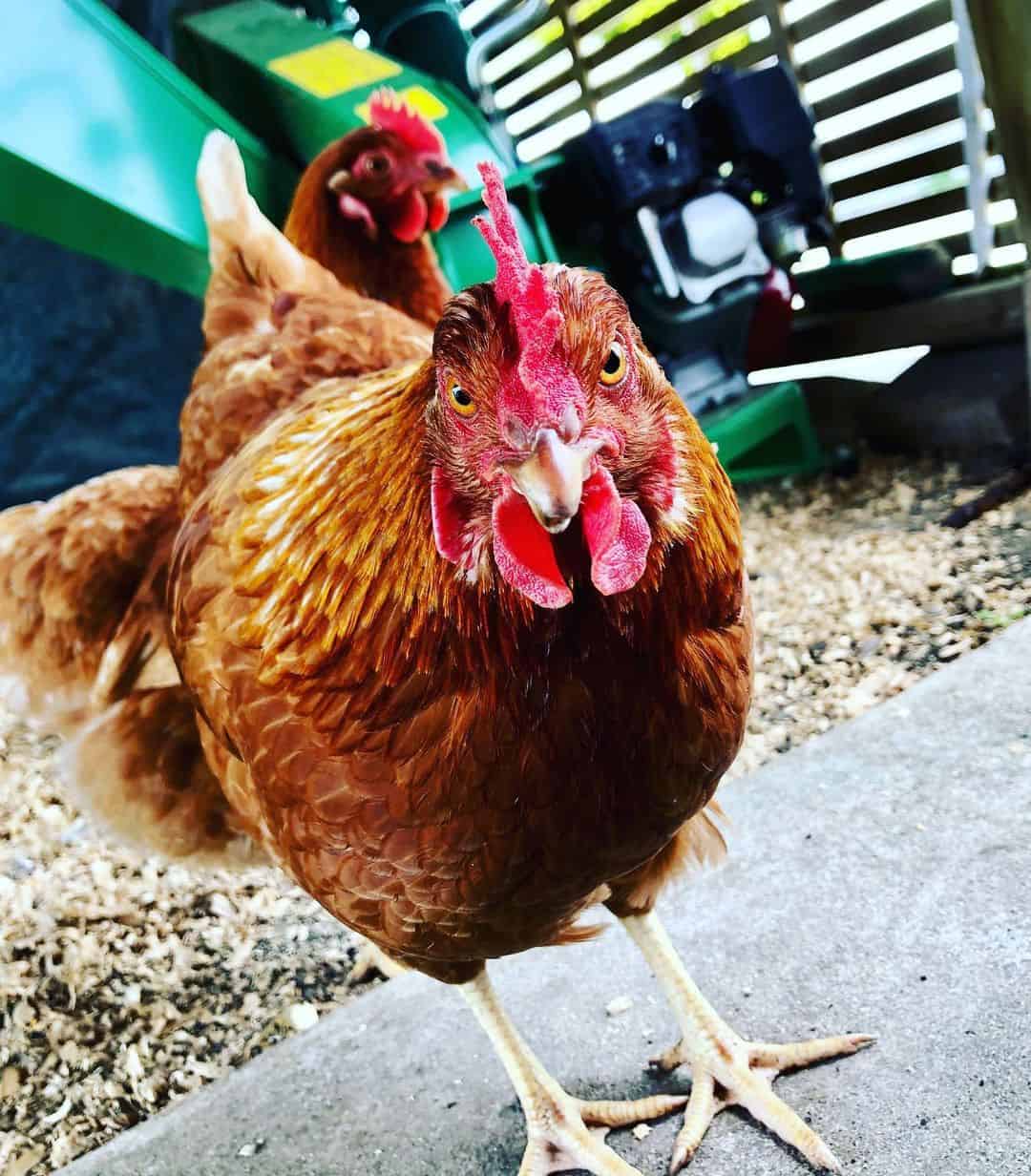
Red Shaver chickens are strong, sturdy, and lively breeds by nature. As a result, they will demand less attention and management. Taking extra care of the chicken can help them grow faster and stay healthier.
The Red Shaver can thrive under a variety of weather conditions. In the winter, the only major issue is to protect the hens’ solitary combs from freezing. You can smear Vaseline on their combs to solve this problem.
Housing System
Creating a safe and sound housing system in growing Red Shaver chicken. It is vital to keep the chicken healthy and safe from predators and bad weather. Install a proper ventilating system and make sure enough fresh air and light are coming into the house. A good system removes gas from the interior of the house, keeping your chicken strong and healthy.
Feeds
The most crucial aspect of Red Shaver’s chicken farming company is providing high-quality, nutritional food to the chickens. Proper food allows the chickens to not only develop faster but also to produce more eggs.
Feeds for Red Shaver can be homemade feeds or commercially processed feeds. Make sure your chickens’ food is healthy and nutritious. If you’re a beginner in the chicken business, consult assistance from people who are knowledgeable and experienced in raising Red Shaver chickens.
Never give contaminated foods to your chickens. Make sure to give them clean water only to avoid health issues.

Breeding
The Red Shaver hens are excellent breeders by nature. If you keep a decent ratio of hens to roosters in your flock, your chickens will bring out more fertile eggs for hatching.
In most cases, one mature rooster is enough to mate with up to ten hens.
Summary
The Red Shaver hybrid breed of chicken is a low-maintenance, high-beneficial fowl. This bird is an excellent addition to any coop, whether you’re looking for a substantial meat bird or want a regularly productive egg layer.
When your male and female Red Shavers are free-range, make sure they don’t come into contact with any harmful plants or weeds.
The dietary needs of your Red Shaver chickens will vary according to their age, size, and gender. Keep in mind that males are slightly larger than females!
Avoid feeding raw foods like beans, potatoes, rice, chocolate, garlic, apricots, and citrus fruits if you want to feed your Red Shavers with leftovers. You should also avoid giving them foods with high salt and fat content.
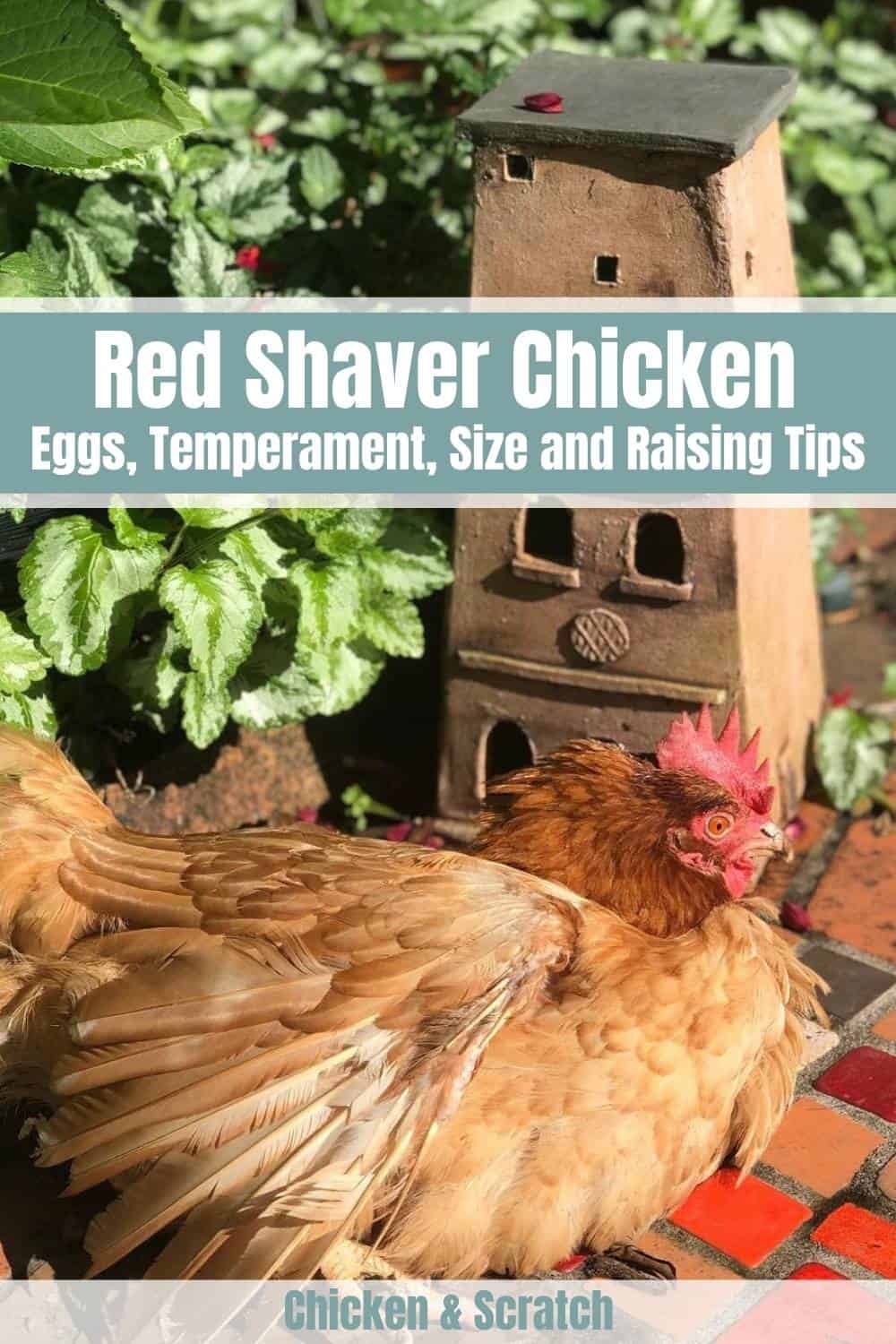

Joseph Hudson has been raising chickens for over 15 years. In 2018, he completed the Agriculture & Natural Resources program at Mt. San Antonio College. He currently raises over 1400 chickens on his 7.5-hectare farm. He keeps sharing his experience on raising healthy and happy chickens on Chicken Scratch The Foundry.







